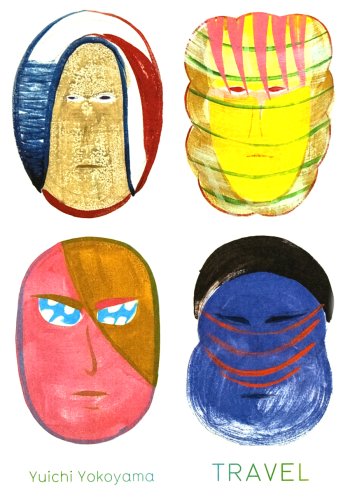In collaboration with illustrator Misa Saburi, I’ve put out my first picture book! Having only published novels and short stories, it was a welcome change.
It’s so gratifying to have someone else invested in the production of a book. In the past there were my editors and my publishers of course, but they’re on the scene long after a book’s finished.
An illustrator bring your words to life almost in real time! Even with an ocean between us (Misa’s in NYC), it all happened like magic.
I’m already looking forward to our next collaboration.
This story was inspired by my family and experiences in Japan. It’s told in a series of tanka poems and joins a venerable tradition of illustrated English books about Japan.
Like these:
One Leaf Rides the Wind
by Celeste Mannis, illustrated by Susan Kathleen Hartung
A beautiful counting book set in a peaceful Japanese garden, notably written in linked haiku poems.
Suki’s Kimono
by Chieri Uegaki, illustrated by Stéphane Jorisch
Like Sakura’s Cherry Blossoms, this is a tale of a girl and her grandmother, each connected by the beauty and history of a blue kimono.
Crow Boy
by Taro Yashima
A classic story of a neglected youth who finds strength when he’s at last accepted by his peers.
Grandmother Thorn
by Katey Howes, illustrated by Rebecca Hahn
An old woman who obsessively tends her garden, finds new perspective in the change of seasons.
I Live in Tokyo
by Mari Takabayashi
I Live in Tokyo is a year in the life of a girl living in Japan’s capital. It’s a thorough introduction to the customs, festivals, and food of Japan.
One Stormy Night
by Kimura Yuichi
The story of a deep and unexpected friendship that forms between a wolf and a sheep when they are forced to shelter together in a storm.

Travel
by Yuichi Yokoyama
Is this a children’s book? Maybe. It’s a wordless graphic novel about—what else?—travelling. By train. The twist is it also tours the minds of the passengers.
Grandfather’s Journey
by Allan Say
Speaking of travel, this is the richly told, richly illustrated, story of Allan Say’s grandfather and his journey from Japan to the United States and back again.
Wabi Sabi
by Mark Reibstein, illustrated by Ed Young
This one explains the Japanese aesthetic of wabi-sabi, the idea that beauty is derived from imperfection—and the torn paper artwork is gorgeous.
Japanese Children’s Favorite Stories
by Florence Sakade, illustrated by Yoshisuke Kurosaki
Many of the most classic and famous stories told to children in Japan are collected here in a single volume. Chief among them is the perennial favourite, Momotarō (Peach Boy) and his adventures with a dog, a monkey, and a pheasant.
This isn’t an exhaustive list, but a good start for the uninitiated.
Did I miss some? Tweet suggestions your additions whenever you please!













